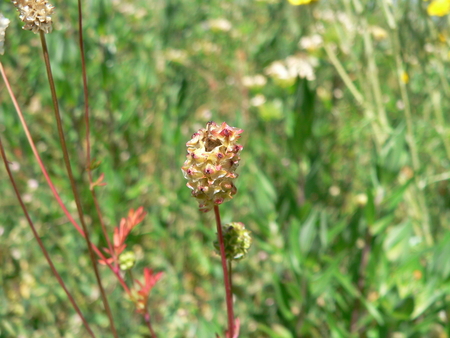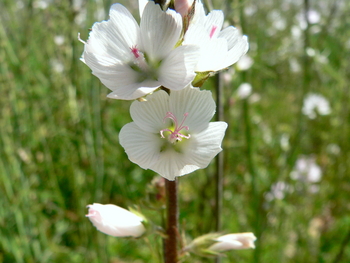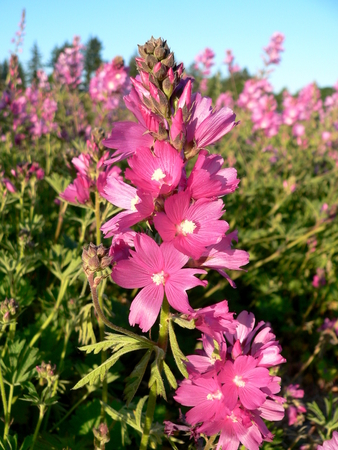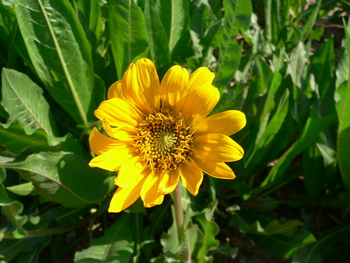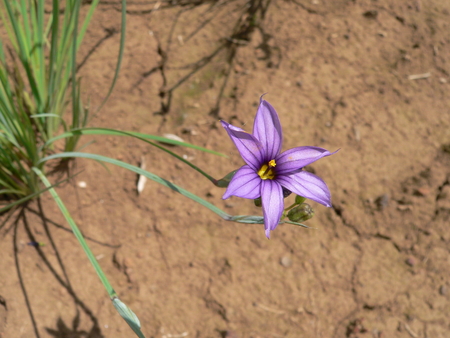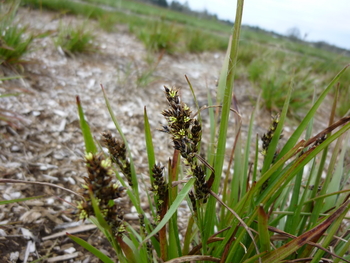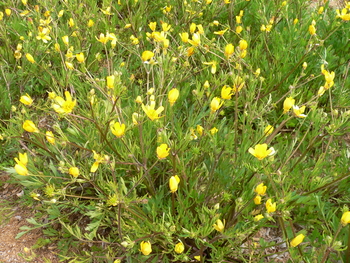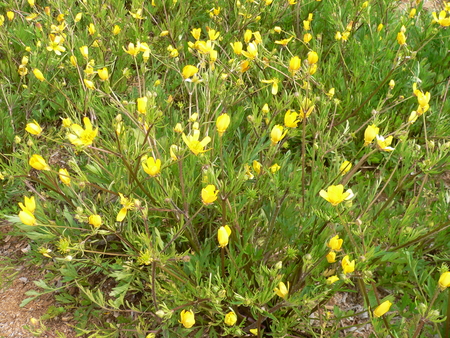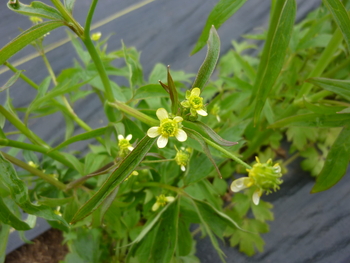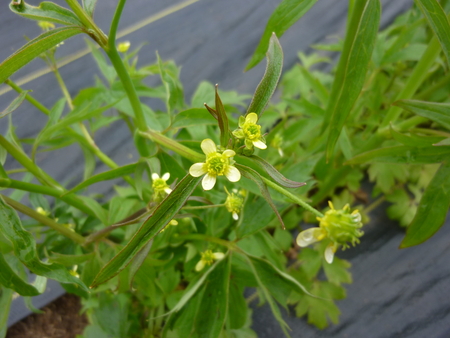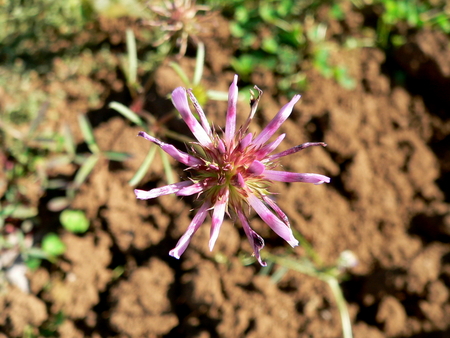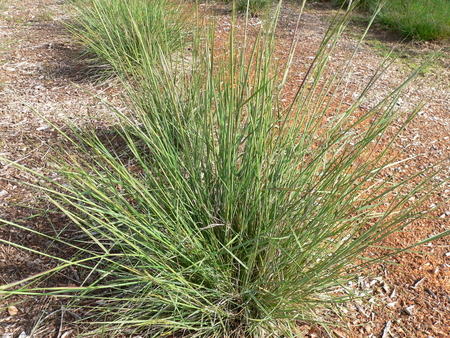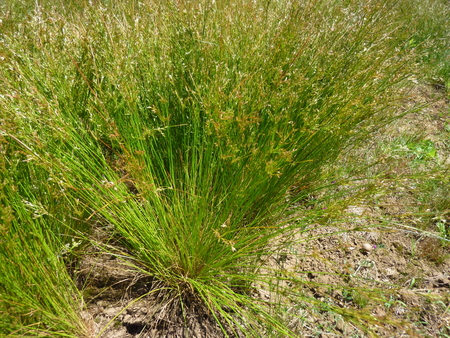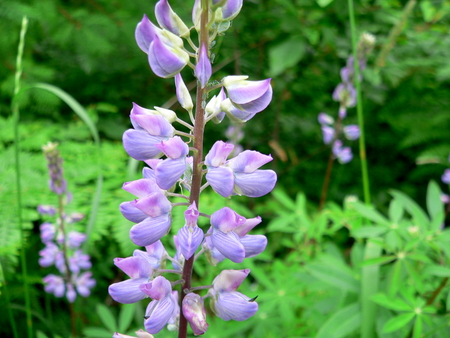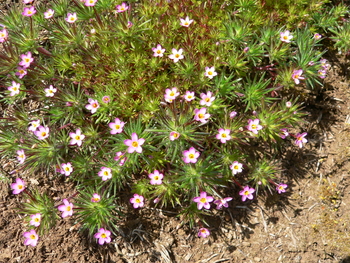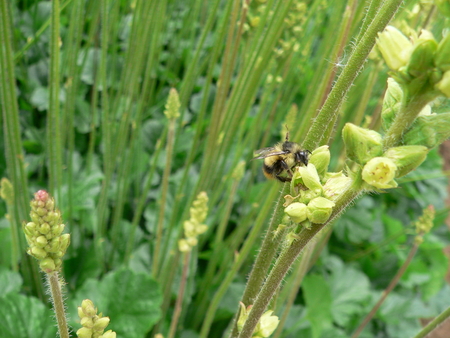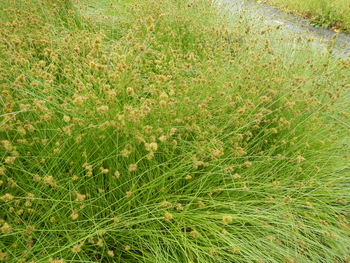Narrow Your Search
Native to Pacific Northwest
Sanguisorba annua
Western Burnet
Western Burnet
Sidalcea campestris
Meadow Checkermallow
Meadow Checkermallow
Sidalcea malviflora ssp. virgata
Rose Checkermallow
Rose Checkermallow
Triteleia hyacinthina
Hyacinth or White Brodiaea
Hyacinth or White Brodiaea
Wyethia angustifolia
Narrowleaf Mule's Ear
Narrowleaf Mule's Ear
Viola adunca
Hookedspur Violet/Early-blue Violet
Hookedspur Violet/Early-blue Violet
Asarum caudatum f. album
White-flowered Western Ginger
White-flowered Western Ginger
Carex obnupta
Slough Sedge
Slough Sedge
Carex stipata
Sawbeak Sedge
Sawbeak Sedge
Carex unilateralis
One-sided Sedge
One-sided Sedge
Dodecatheon pulchellum
Shooting Star
Shooting Star
Festuca californica
California Fescue
California Fescue
Perideridia oregana
Oregon Yampah
Oregon Yampah
Clarkia rhomboidea
Rhombic-petalled Clarkia
Rhombic-petalled Clarkia
Plectritis congesta
Rosy Plectritis
Rosy Plectritis
Plagiobothrys figuratus/P. scouleri
Popcorn Flower Mix
Popcorn Flower Mix
Balsamorhiza deltoidea
Deltoid Balsamroot
Deltoid Balsamroot
Calochortus tolmiei
Cat's Ear
Cat's Ear
Sisyrinchium idahoense
Idaho blue-eyed grass
Idaho blue-eyed grass
Viola praemorsa (nuttallii)
canary violet
canary violet
Asclepias fascicularis
Narrow-leaf Milkweed
Narrow-leaf Milkweed
Carex densa
Dense Sedge
Dense Sedge
Camassia leichtlinii var. suksdorfii
Leichtlin's or Great Camas
Leichtlin's or Great Camas
Allium amplectens
Slim-leaf Onion
Slim-leaf Onion
Artemisia douglasiana
Douglas' Sagewort
Douglas' Sagewort
Carex scoparia
Pointed Broom Sedge
Pointed Broom Sedge
Epilobium densiflorum
Dense Spike-primrose
Dense Spike-primrose
Juncus ensifolius
Dagger-leaved Rush
Dagger-leaved Rush
Lotus micranthus
Small-flowered Deervetch
Small-flowered Deervetch
Lotus pinnatus
Meadow Deervetch
Meadow Deervetch
Lotus purshianus
American Bird's-foot Trefoil
American Bird's-foot Trefoil
Luzula comosa (campestris)
Woodrush
Woodrush
Mimulus guttatus
Monkeyflower
Monkeyflower
Ranunculus orthorhynchus
Straightbeak Buttercup
Straightbeak Buttercup
Ranunculus uncinatus
Little Buttercup
Little Buttercup
Solidago lepida var. salebrosa
Western Goldenrod
Western Goldenrod
Trifolium willdenowii
Springbank Clover
Springbank Clover
Achnatherum lemmonii
Lemmon's Needlegrass
Lemmon's Needlegrass
Allium acuminatum
Tapertip or Hooker's Onion
Tapertip or Hooker's Onion
Juncus occidentalis (tenuis)
Poverty Rush
Poverty Rush
Lupinus rivularis
riverbank lupine
riverbank lupine
Leptosiphon (Linanthus) bicolor
True Babystars
True Babystars
Heuchera chlorantha
Green-flowered Alumroot
Green-flowered Alumroot
Rosa pisocarpa
Clustered Rose
Clustered Rose
Lupinus latifolius
Broad-leaved Lupine
Broad-leaved Lupine
Plagiobothrys nothofulvus
Rusty Popcorn Flower
Rusty Popcorn Flower
Symphoricarpos albus
Snowberry
Snowberry
Carex pachystachya
Chamisso Sedge
Chamisso Sedge

